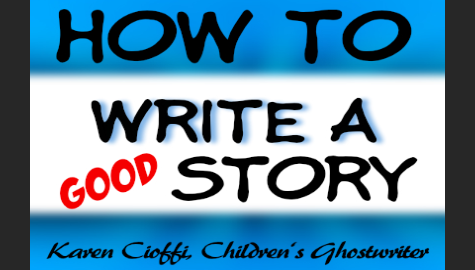Today I have a guest post by a successful writer and writing coach, Suzanne Lieurance. She talks about what it takes to ‘write a story.’
Off we go…
Do you long to write stories but just can’t seem to get started?
That’s probably because you don’t understand the elements needed for any good story. Learn these elements and the writing process will be much easier.
EVERY GOOD STORY NEEDS:
1. An interesting main character with a problem to solve. Your main character needs to want something and want it so much he is willing to overcome all sorts of obstacles to get it. This character is your protagonist; the person readers will root for as he faces conflicts and complications.
2. An interesting setting. A good story needs to be set in a definite time and place and readers need to feel they are right there in this time and place with your characters. Use a variety of vivid sensory details to transport your readers to the time and place you’ve chosen as the setting for your story. But weave these details into the action as much as possible.
3. Conflict. Something or someone who gets in the way of the main character in his quest to get what he wants. The main character who creates this conflict is your antagonist. Keep in mind that this person shouldn’t be ALL bad. He should be flawed, of course, but if he’s all bad he won’t seem like a real person, he’ll be more like a caricature.
4. A series of complications. Things should keep getting worse and worse for the main character in his quest to get what he wants. These complications will create the dramatic tension and rising action for your story so readers will want to keep turning the pages to find out what happens next.
5. A culminating event that creates change. Something dramatic needs to occur that will change everything for your main chararacter. This event is the climax of your story or the solution. Your main character will either finally get what he is after or he will understand why it is not possible to get what he wants and he will have to make some sort of peace with that. Either way, your main character will no longer be the same person he was at the beginning of the story. He will have changed or grown somehow as a result of the conflicts and complications he faced. This change (or changes) will lead to a natural resolution as the ending for your tale.
Now, before you get started writing your own story, take some time to examine a few simple stories more closely for each of these elements. Fairy tales are good stories to use for this purpose.
For more writing tips and resources delivered to your e-mailbox every weekday morning, get your free subscription to The Morning Nudge from Suzanne Lieurance, the Working Writer’s Coach.
MORE ON WRITING FOR CHILDREN
Traditional Publishing and the Author Platform – Be Realistic
The Book Summary – Five Must-Know Components
Finding Age Appropriate Words When Writing For Children
I’m a working children’s ghostwriter, rewriter, and coach. I can help turn your story into a book you’ll be proud to be the author of, one that’s publishable and marketable.
OTHER HELP I OFFER:
HOW TO WRITE A CHILDREN'S FICTION BOOK
A DIY book to help you write your own children’s book.
FICTION WRITING FOR CHILDREN eCOURSE
4-Weeks / 8 Sections Guided Self-Study Program
You can contact me at kcioffiventrice@gmail.com.



Hey, Karen,
I hope this post helps new writers. So many people write what they think is a story, but it doesn’t have all these elements, so it’s just an incident.
Suzanne, I’m sure your article will help in this area. Thanks!